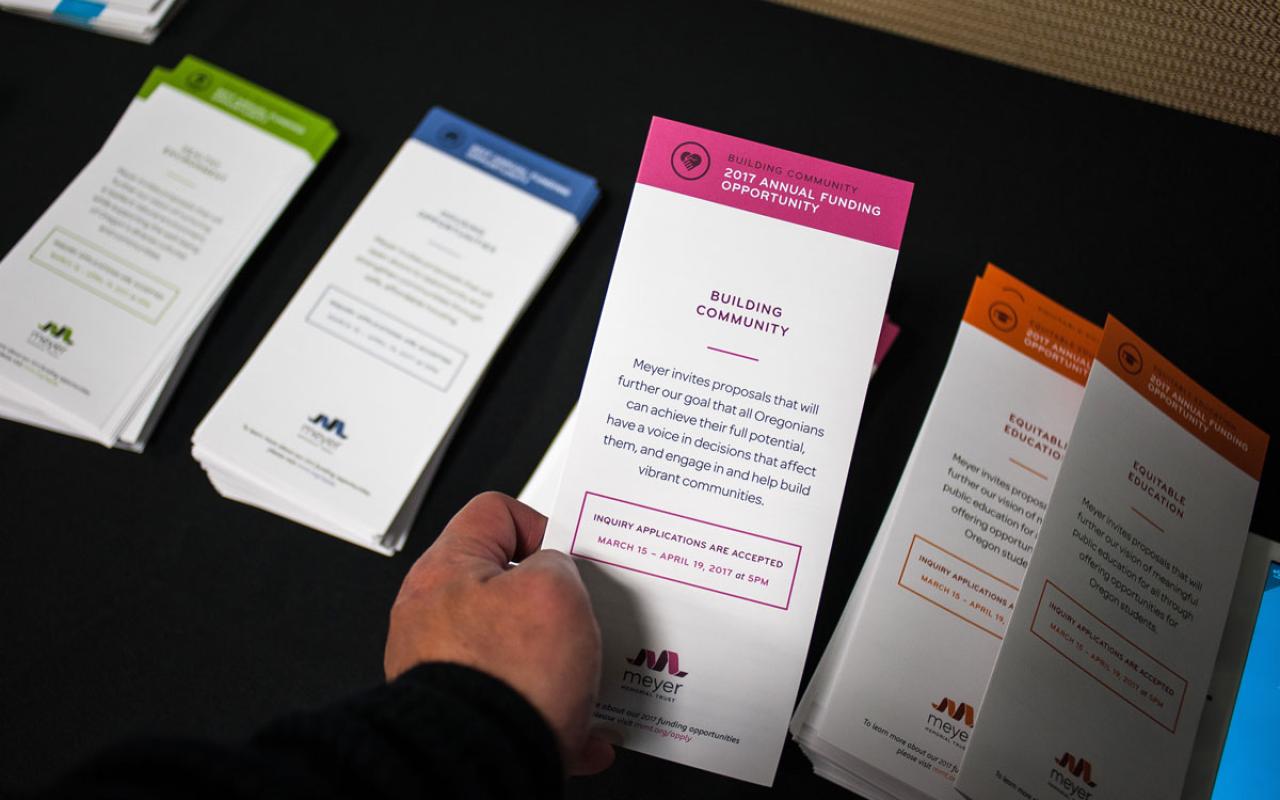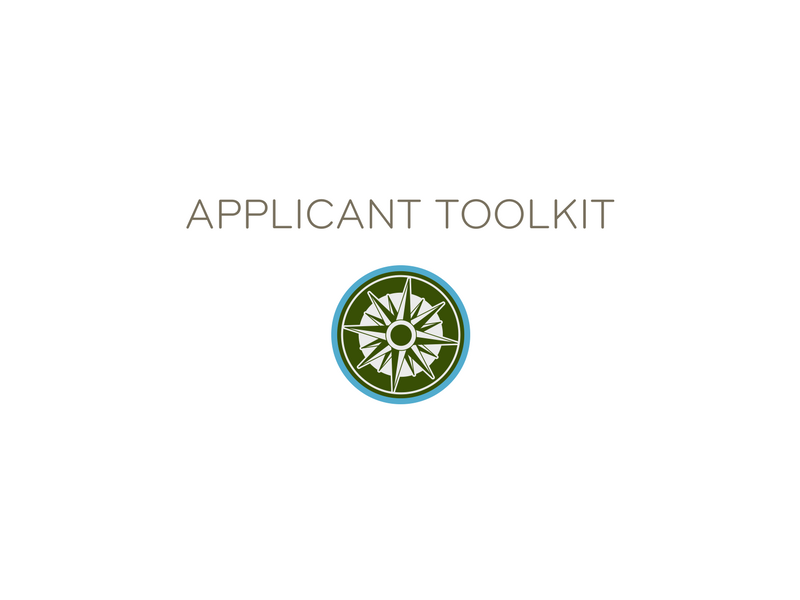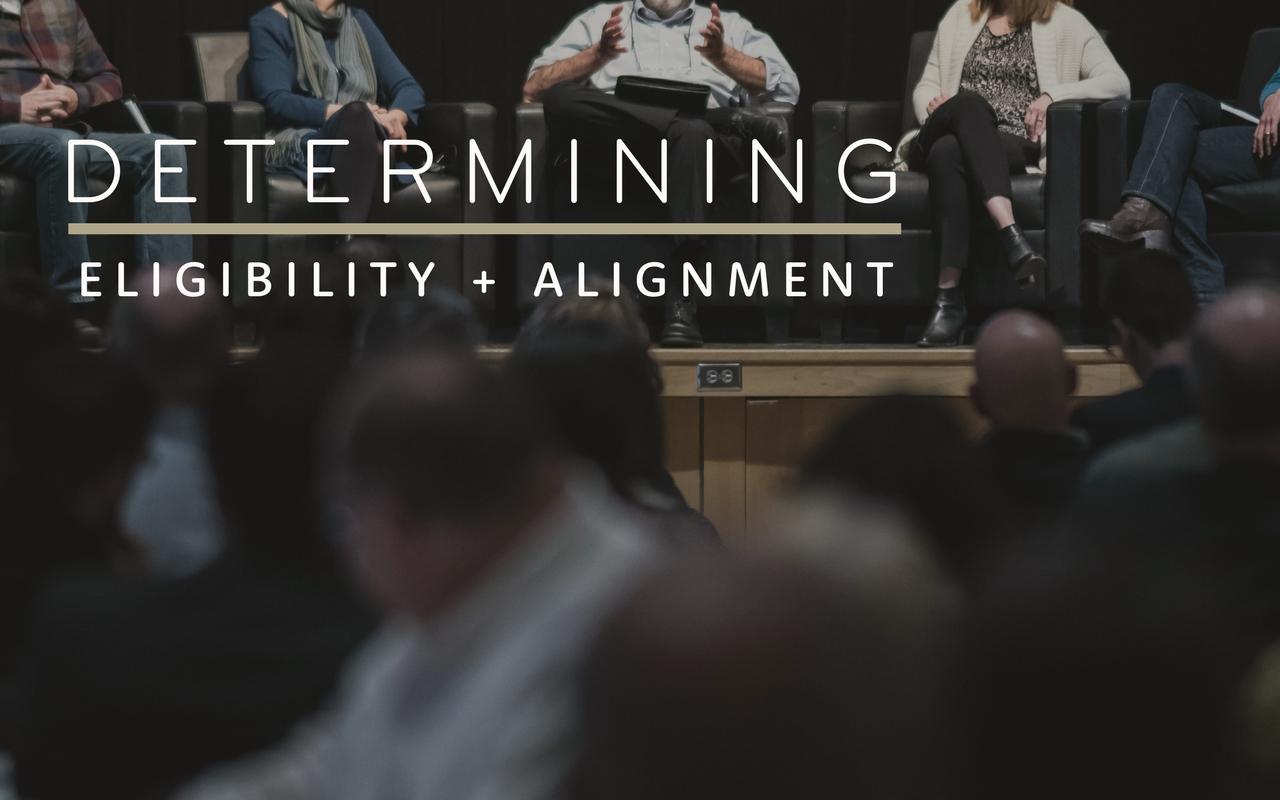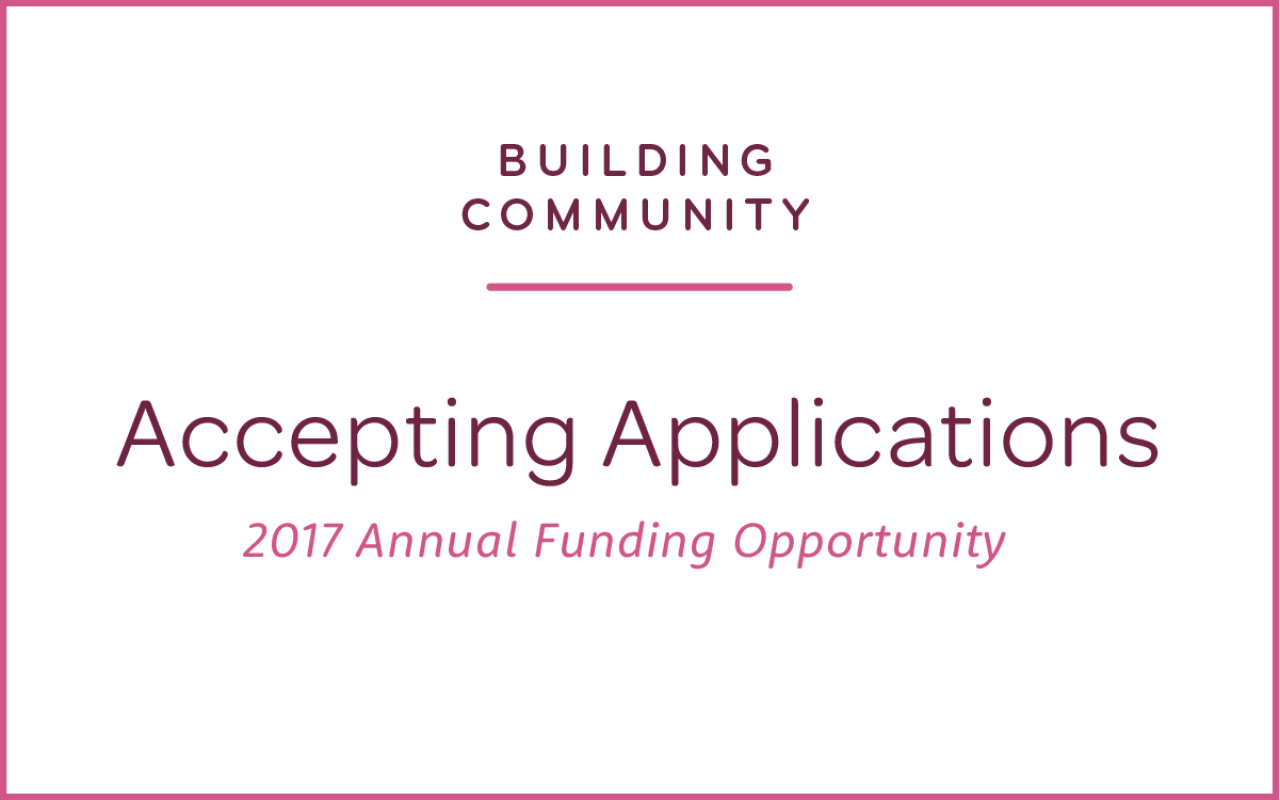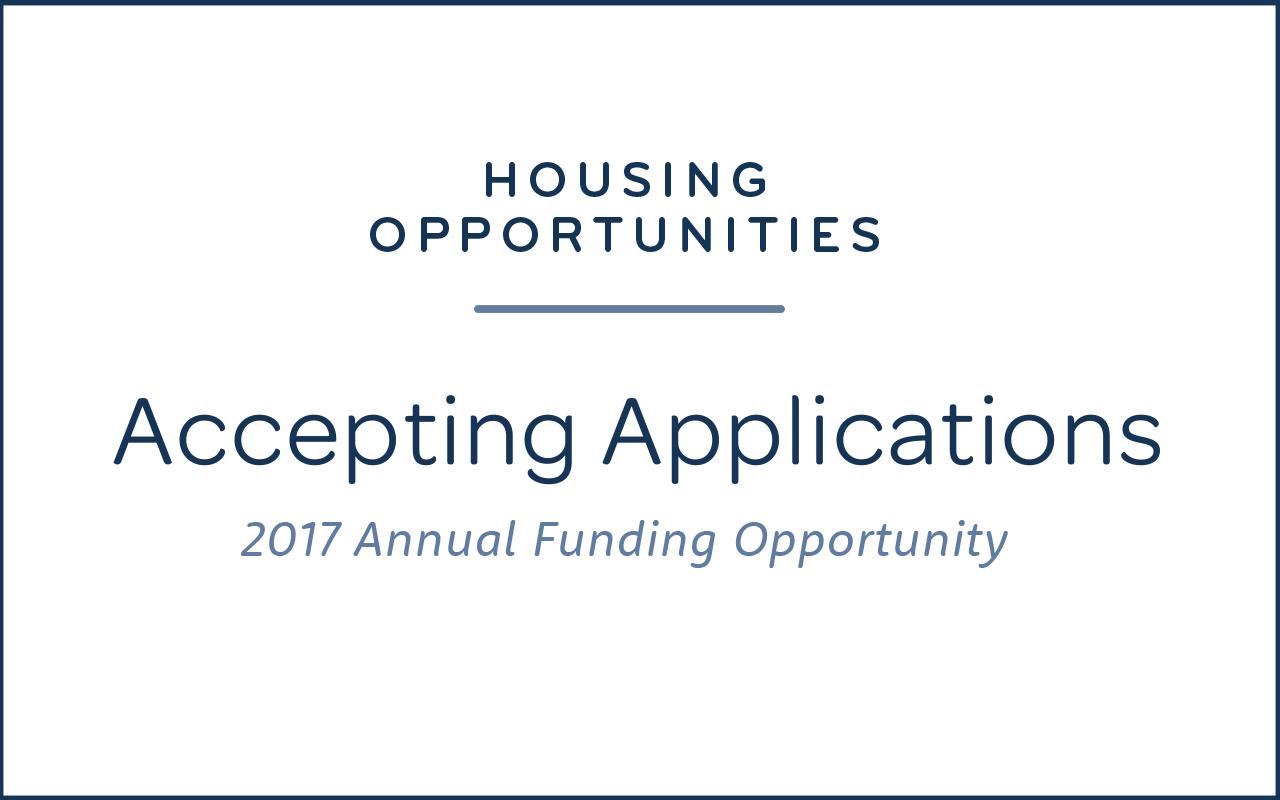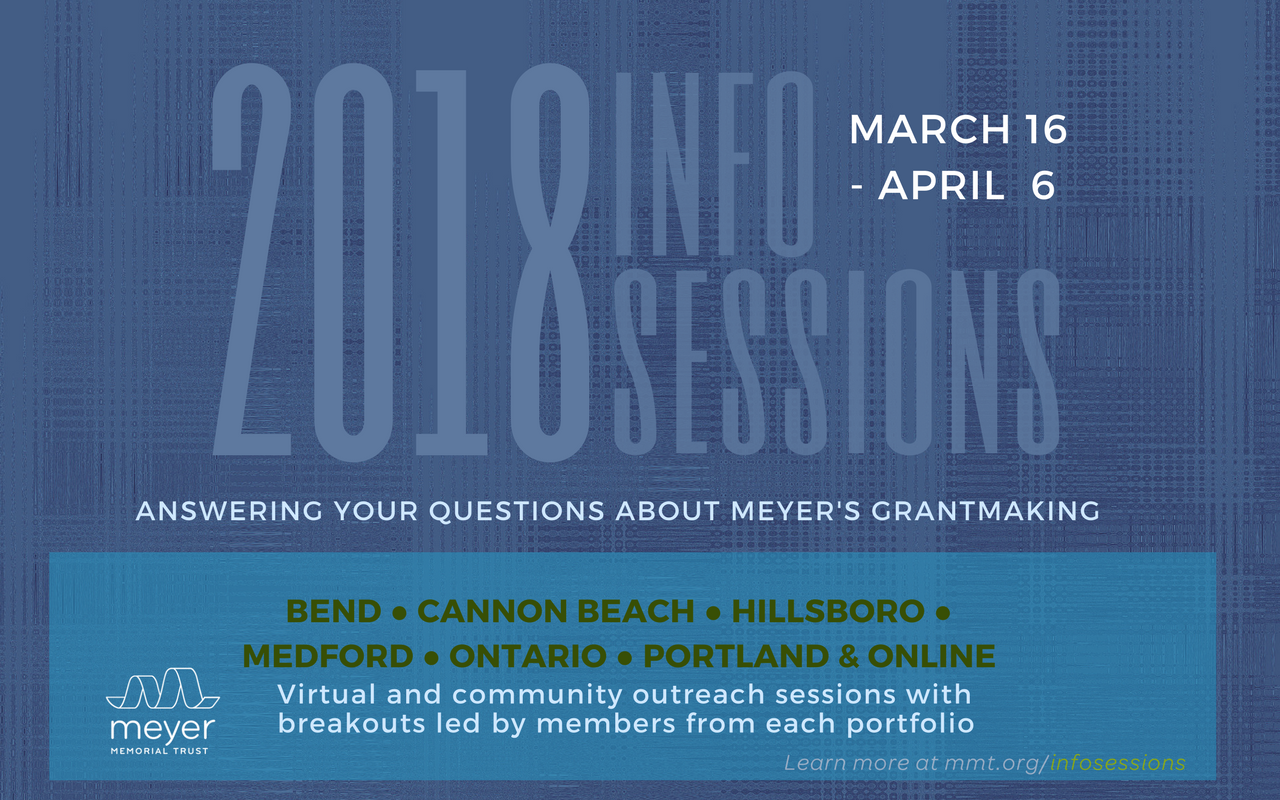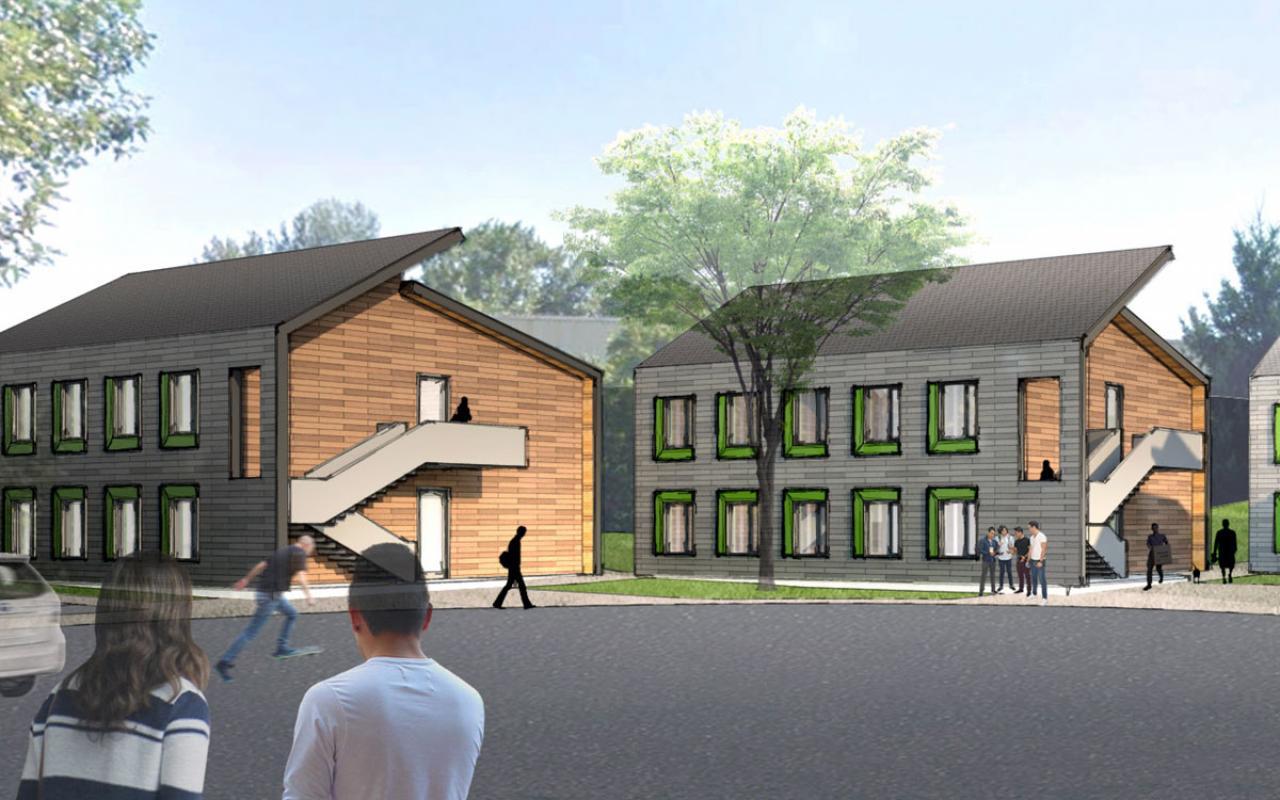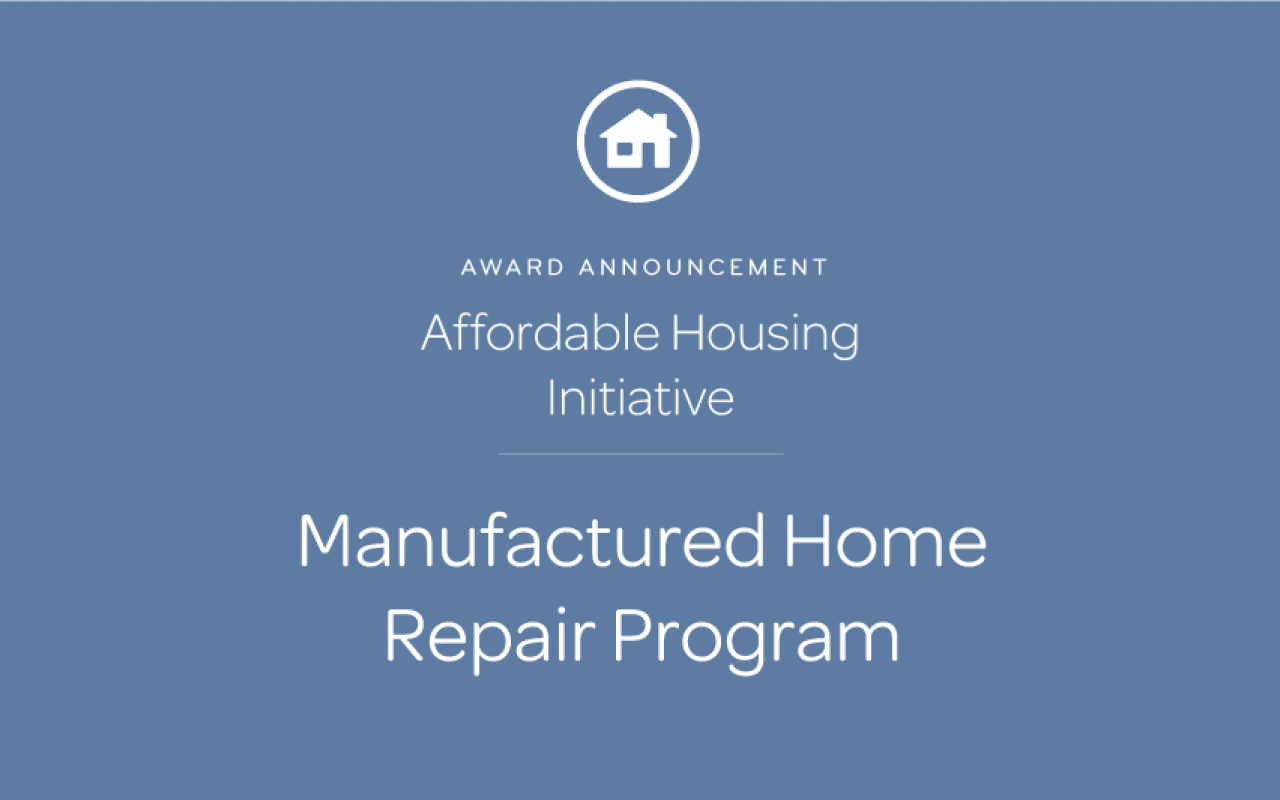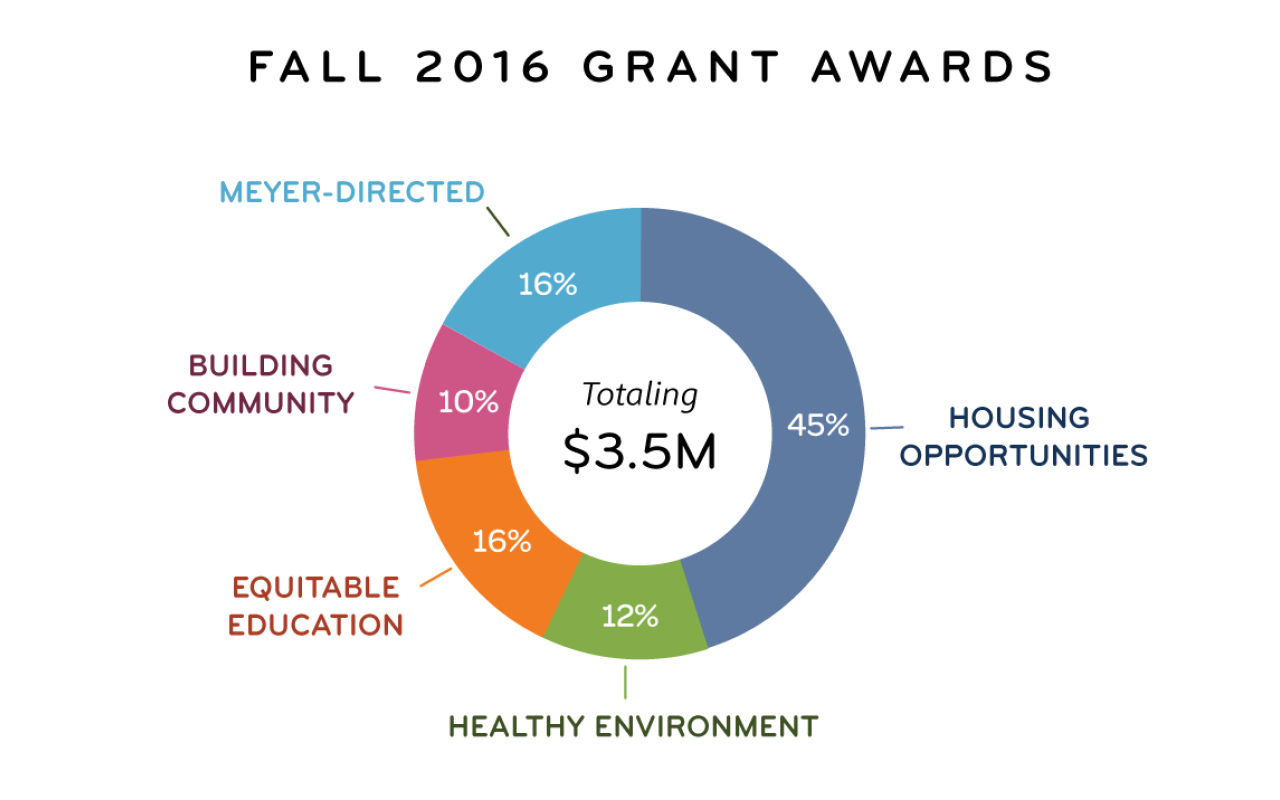Collective wisdom: Learning together across the sector
At Meyer, we ask our grantees to engage with communities most impacted by disparities. And we value the wisdom our grantees develop about the work they do and the people they serve.
When we launched our new portfolio-based funding model last year, we knew we would want to shine a light on that collective wisdom. Drumroll ... Introducing Meyer’s Nonprofit Sector Learning Collaboratives and our first cohort of Leadership Development and Capacity Builder grantees!
Last November, we called for proposals to facilitate the development of leaders and organizations providing capacity building services to other organizations. I’m overjoyed to announce those grantees. The breadth of the organizations we’re funding through these two funding streams is exciting because the grantees represent all our portfolio priorities in education, housing, the environment and community building. And we were pleased that the percentage of Meyer applicants from rural communities, 30 percent, was the same percent of rural-based grants that we awarded.
Meyer had originally allocated $2.3 million for the Leadership Development and Capacity Builder grants in 2017. But because of the strength of the applications and opportunities to partner with organizations that really aligned with the funding goals, we’re awarding a total of about $2.9 million over two years.
Leadership Development: $1.5 million awarded through 22 grants
Why?
Socially based inequities are complex. Leadership development provides Oregonians with more connections, skills and resources to address areas of inequity that matter most to them. That’s the short game. The longer game is to build the power of people in communities that have not been represented in the traditional halls of power.
Many service organizations work with general populations. But organizations that are culturally specific are often made up of people from their target service community and provide services that are culturally and linguistically appropriate. That can lead to better outcomes for communities that are facing the greatest disparities. And leadership development capitalizes on the collective wisdom in communities while reducing reliance on a single leader who may come and go. The idea here is to spread out the leadership knowledge and leadership skills.
Meyer received 50 proposals for leadership development, totalling $3.1 million. Forty-five percent of the grantees serve the Portland area and 12 serve culturally specific populations.
Grantees for leadership development include Communities United for People/Enlace, a statewide-organization serving women, especially women of color impacted by violence, criminalization, climate change and immigration issues; Momentum Alliance, serving youths from marginalized communities in the Portland area; and EUVALCREE, serving Latinos in rural Malheur County.
Two to highlight include a grant for $80,000 to help the American Leadership Forum bring urban and rural leaders together to create genuine dialogue and leverage relationships that bridge the urban-rural divide that can keep Oregonians apart.
Another $80,000 grant, to the Boys & Girls Club of Corvallis, will help build the leadership skills of teens working to advocate for better policies and relationships with local law enforcement.
Capacity Builder: $1.4 million awarded through 10 grants
Why?
A central tenet of Meyer is equity. So we asked ourselves: What will that mean for organizations that are early in their journey to embody equity in their ranks and programs? And where will they get the support they need to meet us along the way? The answer is to support capacity builders with grants and collective learning.
Capacity building grants traditionally help strengthen what nonprofits do. These Capacity Builder grants help strengthen management support organizations that help nonprofits be more effective. You could say these grants support those capacity builders to strengthen their own equity chops and their services to be more effective in helping the nonprofits they work with get — and get better at — equity.
Meyer received 36 proposals totalling $4.3 million.
Two to highlight include a $88,195 grant over two years goes to Northeast Oregon Economic Development District — which serves nonprofits in Union, Wallowa and Baker counties — to help embed diversity, equity and inclusion into their trainings and to provide ongoing support to the organizations they serve through facilitating DEI discussions.
Another two-year grant is a turn on the saying: Give a man a fish, and you feed him for a day. Teach a man to fish, and you feed him for a lifetime. The $147,178 grant to Oregon Health & Science University’s Evaluation Core Unit helps train small nonprofits serving marginalized communities to evaluate their work through research, collection and analysis of their data — and to provide them with a complete evaluation of their own work.
We’re asking all of the Leadership Development and Capacity Builder grantees to participate in learning collaboratives: one year for leadership development, two-years for the capacity builders. Over the course of their grant periods, we’ll host Learning Collaboratives through a series of meetings: three for Leadership Development grantees, four for Capacity Builder grantees.
Our Learning Collaboratives are intended to serve as an opportunity for grantees and Meyer staff to lift up collective wisdom to share and build knowledge to advance diversity, equity and inclusion work. With facilitator support, participants will be encouraged to reflect, plan and, to some extent, take action. All the grantees will have a chance to learn from experts in the field and will have a voice in informing how Meyer might fund these types of work in the future.
These collaboratives will help Meyer model best and promising practices among leadership development and capacity builders to advance DEI in Oregon.
— Carol
